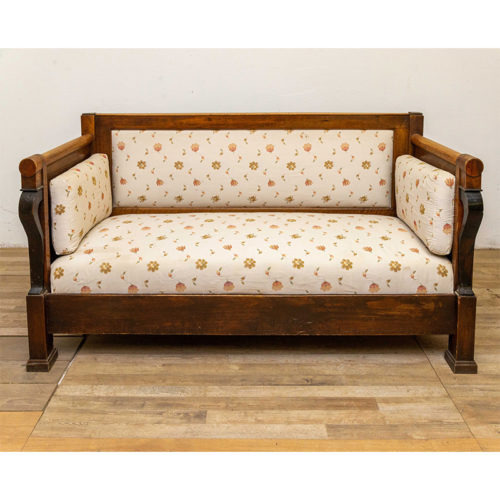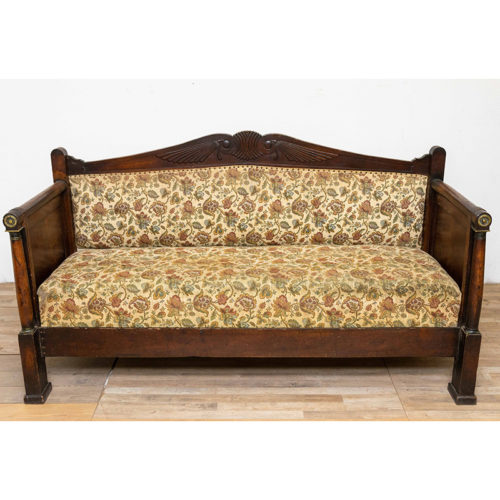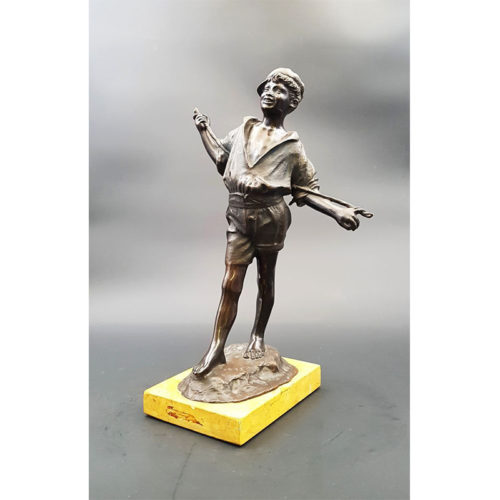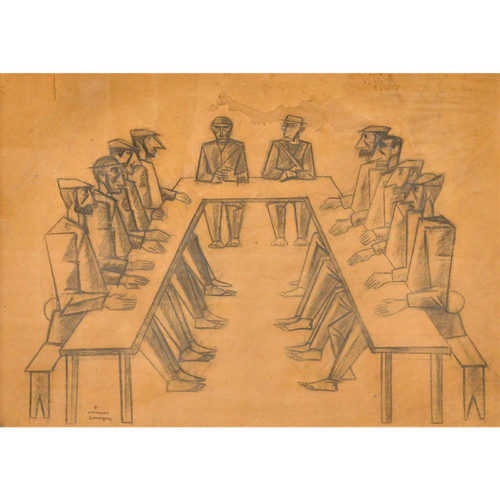-
Out of stock
 Original antique 17th-century Piedmontese frame in ebonized wood and gold. Period: '600 Measurements: H 99.5 x W 123 x D 7 / Internal light H 74 x W 92.5 cm
Original antique 17th-century Piedmontese frame in ebonized wood and gold. Period: '600 Measurements: H 99.5 x W 123 x D 7 / Internal light H 74 x W 92.5 cm -
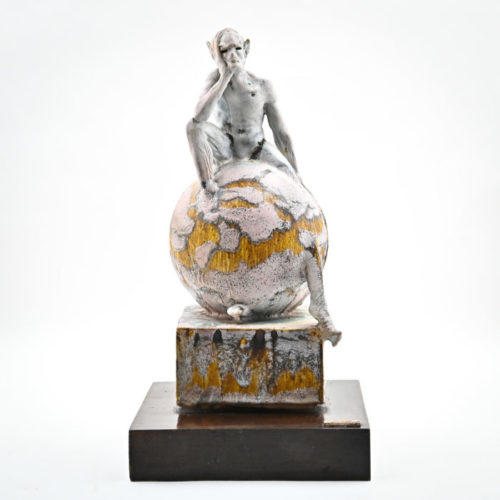 "La materia" ceramic sculpture by Angelo Basso (1943 - 2011), unique piece, label on the base. Presented at the 130th Figurative Arts Exhibition. Shown in the catalogue of the 130th Figurative Arts Exhibition, 27 October - 27 November 1972, of the Società Promotrice delle Belle Arti - Turin - Valentino Park. Period: 1972 Measurements: Sculpture measures H 36 x W 17 x D 16 cm / Base H 5 cm
"La materia" ceramic sculpture by Angelo Basso (1943 - 2011), unique piece, label on the base. Presented at the 130th Figurative Arts Exhibition. Shown in the catalogue of the 130th Figurative Arts Exhibition, 27 October - 27 November 1972, of the Società Promotrice delle Belle Arti - Turin - Valentino Park. Period: 1972 Measurements: Sculpture measures H 36 x W 17 x D 16 cm / Base H 5 cm -
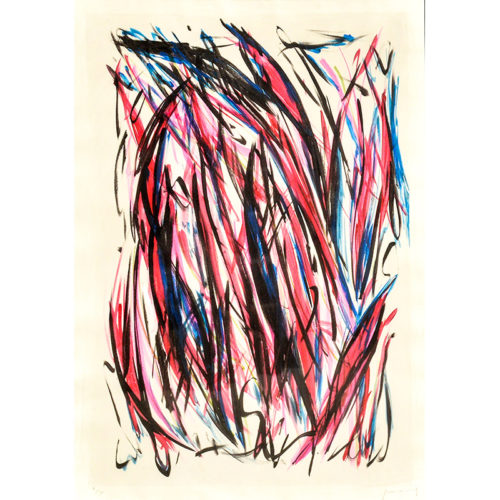 Color lithograph, copy 9 on a print run of 50, made in 2001 by Emilio Vedova (Venice, August 9, 1919 - Venice, October 25, 2006) was an Italian painter and engraver. "Now I will no longer worry about cutting clear profiles, exact angles of light and shadow, but light and shadow will come directly from my intimate, concerned only with transmitting the image without any a priori revisionism, which I had felt for many years." (Cit. Widow)Period: 2001 Measurements: In frame H 123 x L 92 cm / Paper H 97 x L 73 cm
Color lithograph, copy 9 on a print run of 50, made in 2001 by Emilio Vedova (Venice, August 9, 1919 - Venice, October 25, 2006) was an Italian painter and engraver. "Now I will no longer worry about cutting clear profiles, exact angles of light and shadow, but light and shadow will come directly from my intimate, concerned only with transmitting the image without any a priori revisionism, which I had felt for many years." (Cit. Widow)Period: 2001 Measurements: In frame H 123 x L 92 cm / Paper H 97 x L 73 cm -
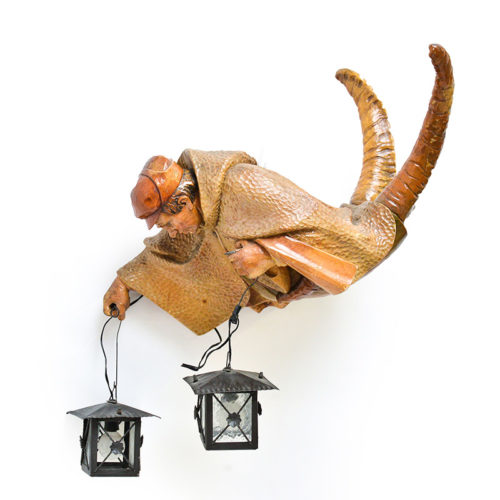 The full name would be Lüsterweibchen or Lüstermännchen, but everyone calls them more simply "luster". These are the anthropomorphic chandeliers, suspended in midair in the living rooms or in front of the doors of the Ampezzo houses, which with their strange features carved in wood and completed by large antlers give reference to the traditions of the mountains. Their origin dates back to the centuries when the border between superstition and reality was rather blurred and man relied on similar apotropaic figures to drive away their fears. Precisely this was the task of the "lusters": to watch over domestic peace, keeping the Evil One away.Period: 1950s Measurements: H 35 x L 61 x P 33 cm
The full name would be Lüsterweibchen or Lüstermännchen, but everyone calls them more simply "luster". These are the anthropomorphic chandeliers, suspended in midair in the living rooms or in front of the doors of the Ampezzo houses, which with their strange features carved in wood and completed by large antlers give reference to the traditions of the mountains. Their origin dates back to the centuries when the border between superstition and reality was rather blurred and man relied on similar apotropaic figures to drive away their fears. Precisely this was the task of the "lusters": to watch over domestic peace, keeping the Evil One away.Period: 1950s Measurements: H 35 x L 61 x P 33 cm
